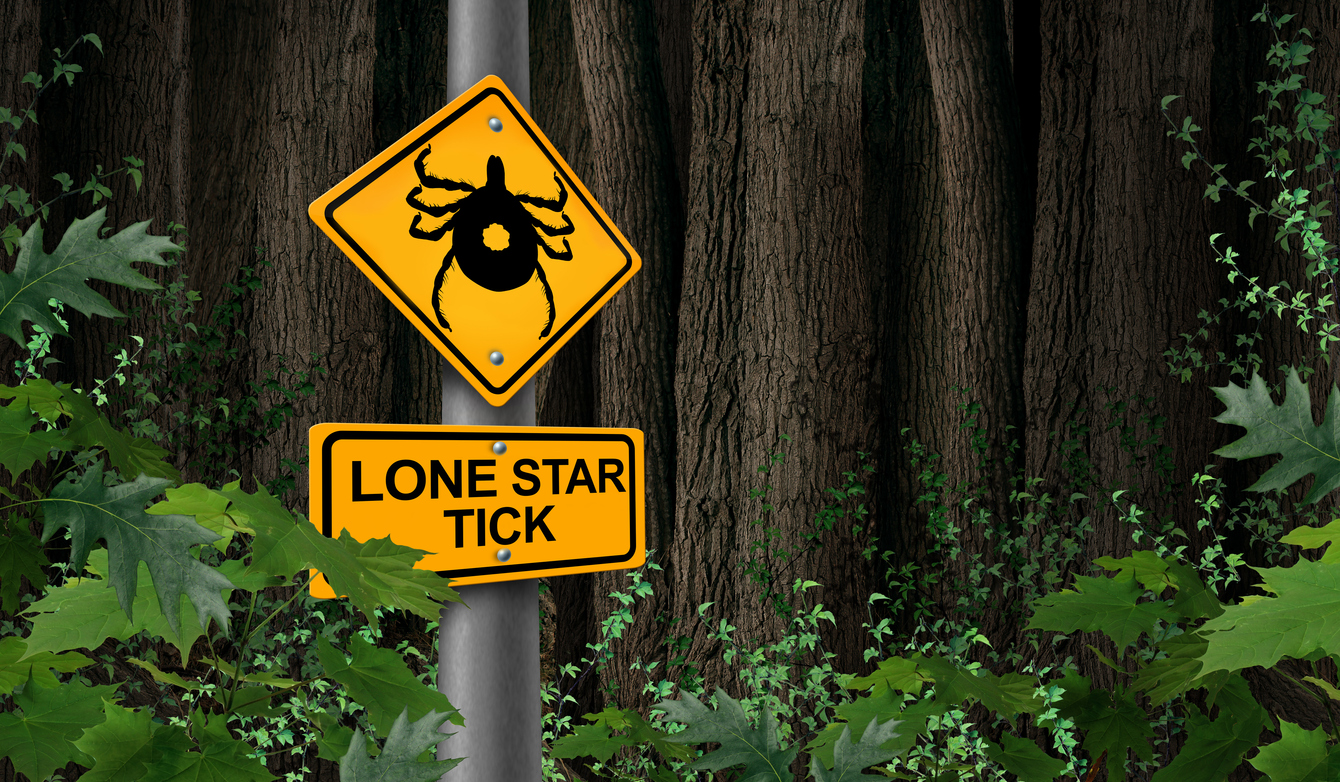Lawns Sprayed with Chemicals Day Before Race
September 19, 2011
PROVIDENCE — The day before one of Rhode Island’s most successful and popular road races, the CVS Caremark Downtown 5K, chemicals were applied to the lawns at the Statehouse and across the street at Station Park just in time for thousands of people to enjoy the toxicity.
Tiny, flimsy warning signs that read, “Date of Chemical Application 9/17,” were sparsely placed and thus often unnoticed by those participating in pre-race gatherings or post-race picnics on both expanses of green. Babies crawled and dogs romped on the freshly fertilized green carpets.
Synthetic fertilizers and weed killers like those marketed by Scotts, ChemLawn and TruGreen are considered hazardous waste and must be disposed of properly. The products’ high concentrations of nitrogen and phosphorous and pesticides and herbicides render them toxic, even in small quantities — hence the posted warning signs after treatments.
These substances shouldn’t be poured down a sink or into a storm drain. Sewage treatment facilities can’t treat toxic chemicals, and many storm drains, including the ones near the Statehouse and the Amtrak train station, flow directly into Narragansett Bay or other natural ecosystems.
In those sacks of mass-produced fertilizers and in commercial sprayers are pesticides, herbicides and fungicides designed to kill bugs and weeds. “Weed and feed” products like those with 2,4-D also are bad for other organisms such as people and pets. Pesticides such as 2,4-dichlorophenoxyacetic acid, dicamba, diuron, glyphosate, linuron, MCPP, pendimethalin, triclopyr BEE, captan and chlorothalonil are regulated by the Environmental Protection Agency (EPA) because most are carcinogens or suspected carcinogens.
In fact, a 2008 report by the state’s own Department of Environmental Management (DEM) deals with the topic of lawn-care maintenance and the dangers of using products that contain pesticides. The 16-page report noted that: “Pesticides can be harmful to humans, especially children. They are often used in school and childcare buildings and on playing fields. Pesticide exposure has been linked to a number of chronic health problems that include cancer, birth defects, endocrine disruption, asthma, neurological disorders, and immune system deficiencies. Acute symptoms such as nausea, headaches and asthma attacks can occur in the short term when children and adults are exposed to pesticides.”
The DEM website even touts environmentally friendly lawn-care practices.
Tons of toxic chemicals are dumped on lawns and public grounds annually to jolt grass to life. But much of these artificial fertilizers also seep into the water table, or turn to dust and blow through the air. They even cling to pets and people who walk, run and play on chemically treated grass — like those on Sunday, many of whom, unknowingly rolled, laid and sat upon the chemically doused lawns of the Statehouse and Station Park.
Categories
Join the Discussion
View CommentsRecent Comments
Leave a Reply
Related Stories
Your support keeps our reporters on the environmental beat.
Reader support is at the core of our nonprofit news model. Together, we can keep the environment in the headlines.
We use cookies to improve your experience and deliver personalized content. View Cookie Settings




I have wondered in the past if the State House used lawn pesticides. It is quite unfortunate that they do. I hadn't previously thought of the health implications for the many people who recreate on the lawn. It is really scary. Thank you for bringing this to light.
Why do people put chemicals on lawns if it could kill you??